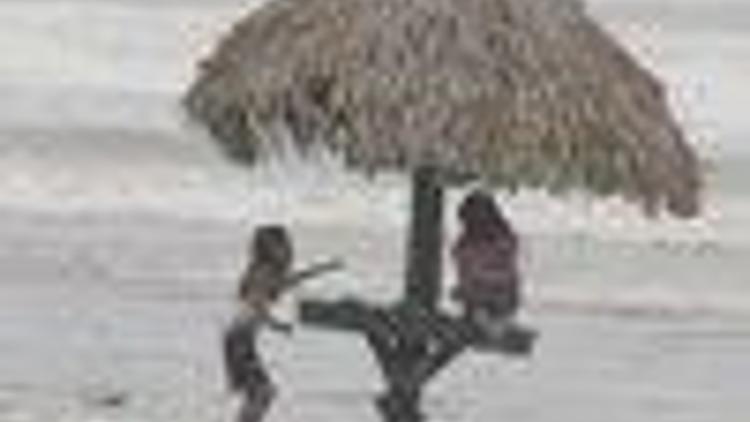Hurricane Dolly strengthens near Texas/Mexico coast
Güncelleme Tarihi:

Hurricane Dolly gathered strength as it approached southern Texas on Wednesday, but forecasters don't expect it to pack much punch when it comes ashore near the U.S.-Mexican border at around midday.
The storm's maximum winds increased to about 85 miles per hour (140 kph) over warm waters of the
The Miami-based center forecast further strengthening and said Dolly could approach Category 2 intensity when it makes landfall.
While still a low-grade storm, some damage to roofing and windows, and considerable damage to trees, mobile homes and piers can be expected.
The storm's predicted landfall and strength are unlikely to jeopardize sensitive offshore drilling rigs and production platforms in the
The
At 5 a.m. EDT (0900 GMT), Dolly was 65 miles (105 km) east-southeast of the border town of Brownsville, Texas, where it was due to come ashore. A hurricane warning was in effect for the south
Dolly intensified from a tropical storm and became the second hurricane of 2008 Atlantic storm season on Tuesday.
FLOODING POSSIBLE
Though Dolly remained the weakest category of hurricane; officials in low-lying South Texas counties are worried that torrential rains could overcome levees holding back the
But it was pummeled in 2004 and 2005, when a series of powerful hurricanes, including the catastrophic Katrina, ravaged
In
In the
"They gave us 20 each," Mascor said. "I hope it will be enough."
"I'm worried," said Angel Rivera, who was boarding up his home. "It's a wooden house. Can't take any flooding."
In the Mexican city of
"If they wish to leave for a shelter, we will gladly transport them," said Saul Hernandez, head of civil protection.
At
Photo: Reuters

